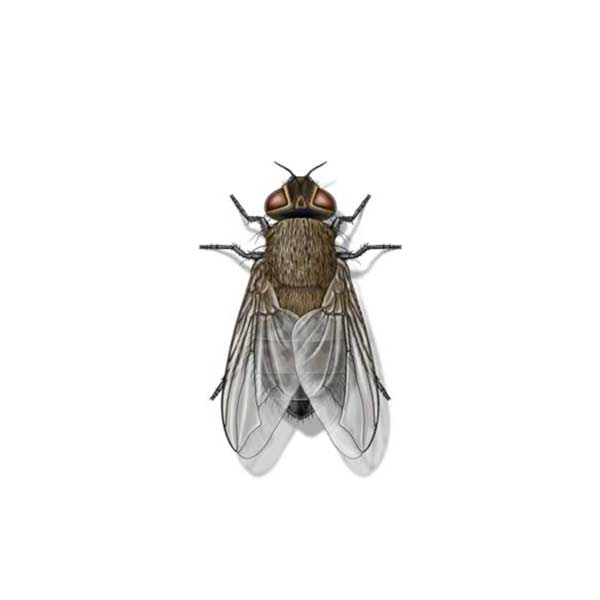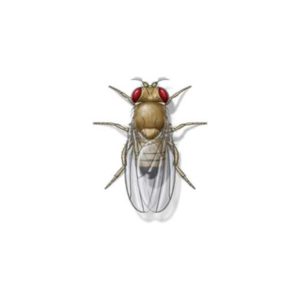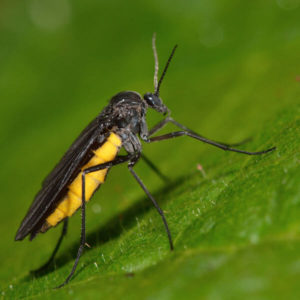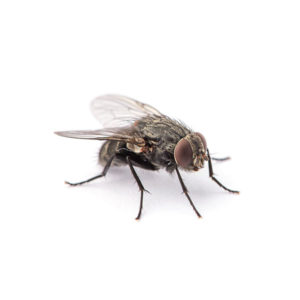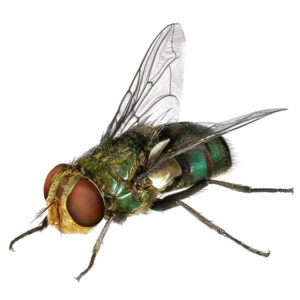Cluster Flies in Memphis TN Metro Area
Cluster flies, belonging to the blowfly family, can be found across the United States, excluding the states bordering Mexico. These insects seek shelter in houses during the autumn to hibernate, often congregating in secluded and occasionally hard-to-reach areas such as wall cavities, attics, and false ceilings. As the spring season arrives, cluster flies become more active and, in their attempts to vacate their hibernation sites, frequently end up inside the living spaces of homes and buildings, causing annoyance. During the early spring, they exhibit sluggish behavior and do not flutter about loudly like other types of flies within indoor settings.
Cluster Fly Habitat
Cluster flies typically reside in outdoor environments, where they frequently visit flowers and ripe fruits. However, as the weather turns cooler, they seek refuge inside homes and buildings to spend the winter. These flies tend to hide, often clustering together, in secluded areas such as nooks, dark corners, closets underneath clothing, behind curtains, within wall voids, and behind pictures and furniture. As the spring days grow warmer, their activity increases, and it is not uncommon for the flies to emerge from their hibernation sites indoors instead of outdoors. Once inside, the flies exhibit slow, crawling movements along walls and may unintentionally fall into food on tables.
Cluster Fly Behaviors, Threats, or Dangers
In contrast to common blowflies, cluster flies are not considered a health risk as they are not attracted to human food sources. Nonetheless, their presence can be bothersome due to their tendency to congregate in large swarms comprising thousands of flies. During the autumn season, as adult flies search for shelter to endure the winter months, they often cluster near windows in buildings and homes, buzzing loudly and moving in spinning motions. When swatted, they may leave behind greasy marks. While hibernating throughout winter, their accumulated excrement can emit a discernible odor, and they have the potential to stain fabrics and walls.
If you are dealing with a cluster fly problem on your property, contact your local fly exterminators.

